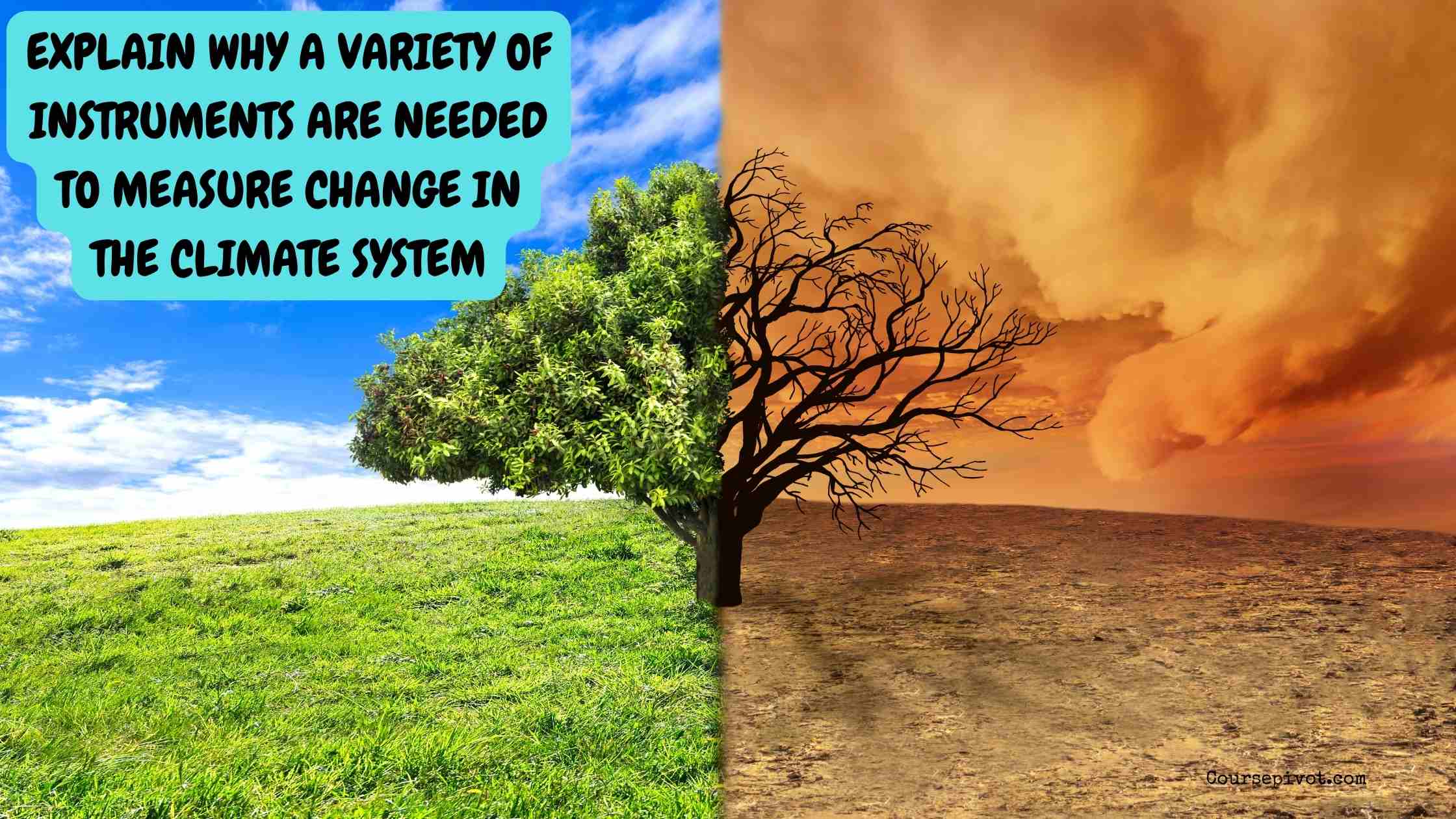
Why a Variety of Instruments Are Needed to Measure Change in the Climate System
Tracking changes in the climate system is critical for understanding global warming and its impacts, but it’s a complex task requiring diverse tools. I’ve been fascinated by how scientists use everything from satellites to ocean buoys to piece together the climate puzzle. Explaining why a variety of instruments are needed to measure change in the climate system reveals the intricacy of Earth’s interconnected components. In this article, I’ll outline five key reasons why multiple instruments are essential, based on my research and insights into climate science as of May 2025. These reasons highlight the need for comprehensive data collection. Let’s dive into why diverse instruments are crucial for monitoring climate change.
Table of Contents
Ever wondered how we know the planet is warming? It takes more than a thermometer to track climate shifts. Ready to explore five reasons we need varied instruments?
Climate is a global puzzle. I’ve seen how different tools capture its many facets, from ice caps to oceans. Let’s uncover why instrument variety matters for measuring change.
1. Multiple Climate Components
The climate system includes the atmosphere, oceans, land, ice, and biosphere, each requiring specific instruments. This is a primary reason for diverse instruments. I’ve learned how each part interacts uniquely with climate change.
- Examples. Satellites measure atmospheric CO2, while ocean buoys track sea temperature. Ice core drills analyze polar ice, and soil sensors monitor land moisture.
- Data needs. Oceans absorb 90% of excess heat, per NOAA 2024, while forests sequester 30% of emissions, per IPCC.
- Impact. Single instruments miss key components, like sea level rise (measured by tide gauges) or glacier melt (tracked by radar).
Why it matters? Comprehensive data from all components ensures a full picture of climate dynamics.
2. Varied Spatial and Temporal Scales
Climate changes occur over different regions and timeframes, necessitating instruments for global and local, short- and long-term data. This reason for instrument variety captures diverse scales. I’ve been struck by how satellites and weather stations complement each other.
- Spatial range. Satellites cover global temperatures, while ground stations pinpoint local trends. In 2025, NASA’s GISS reported a 1.2°C global rise since 1880, but urban heat islands vary by 2–5°C.
- Temporal range. Tree rings reveal centuries of climate, while weather balloons track daily shifts.
- Application. Combining data predicts trends, like 20% more extreme weather events by 2030, per WMO.
Why it’s needed? Different scales provide context, from immediate storms to glacial retreats.
- Read our blog on How Human Impact on the Environment Can Be Positive or Negative
3. Diverse Measurement Parameters
Climate change involves multiple variables—temperature, precipitation, CO2 levels, and more—each requiring specialized tools. This reason for varied instruments ensures accuracy. I’ve seen how precise measurements drive climate models.
- Parameters. Thermometers measure surface temperature, spectrometers detect greenhouse gases, and anemometers track wind speed.
- Precision. CO2 monitors at Mauna Loa recorded 420 ppm in 2024, a 50% rise since pre-industrial times, per NOAA.
- Impact. Missing variables, like humidity (via hygrometers), skews drought predictions, affecting 25% of global farmland.
Why it matters? Each parameter shapes our understanding of climate impacts.
4. Validation and Cross-Checking
Using multiple instruments allows scientists to verify data, reducing errors and biases. This reason for instrument diversity ensures reliability. I’ve read how cross-checking caught discrepancies in early climate records.
- Examples. Satellite sea level data (accurate to 3 mm) is validated by tide gauges. Weather station temperatures are cross-checked with infrared sensors.
- Benefits. In 2024, NASA corrected a 0.1°C error in Arctic data by comparing multiple sources.
- Reliability. Over 97% of climate studies align due to cross-validation, per 2025 IPCC reports.
Why it’s critical? Accurate data builds trust and informs policy, like carbon reduction targets.
5. Adapting to Extreme Environments
Climate measurements occur in harsh settings, like deep oceans or polar regions, requiring specialized, resilient instruments. This reason for diverse tools tackles accessibility. I’ve been amazed by devices enduring extreme conditions.
- Examples. Argo floats dive 2,000 meters to measure ocean salinity, while ice-penetrating radar maps Antarctic glaciers.
- Challenges. Polar instruments withstand -50°C; deep-sea sensors resist 500 atm pressure.
- Coverage. 4,000 Argo floats provided 80% of ocean heat data in 2024, per NOAA.
Why it’s essential? Extreme environments hold critical climate clues, only accessible with tailored tools.
Read our blog on How the Destruction of Forests Affects Atmospheric Levels of Carbon
What’s Next for You
Understanding why a variety of instruments are needed to measure change in the climate system is like assembling a toolkit for Earth’s future. I’ve been inspired by how these five reasons—multiple components, varied scales, diverse parameters, validation, and extreme environments—show the complexity of climate monitoring. With global temperatures up 1.2°C and 30% of coral reefs lost by 2024, per UN data, precise data is urgent. Ignoring this risks flawed policies. Will you dismiss climate science, or support its tools for change?
Here’s how to engage:
- Learn more. Explore NASA or NOAA websites for climate data insights.
- Advocate. Support funding for climate research and monitoring networks.
- Act locally. Reduce your carbon footprint to ease pressure on the climate system.
Instrument diversity powers climate solutions. Why it matters is about safeguarding our planet. Start today to back the science that protects our future.
Cite this article
You can copy and paste your preferred citation format below.
Martin, L. & Arquette, E.. (2025, May 31). Why a Variety of Instruments Are Needed to Measure Change in the Climate System. Coursepivot.com. https://coursepivot.com/blog/why-a-variety-of-instruments-are-needed-to-measure-change-in-the-climate-system/



